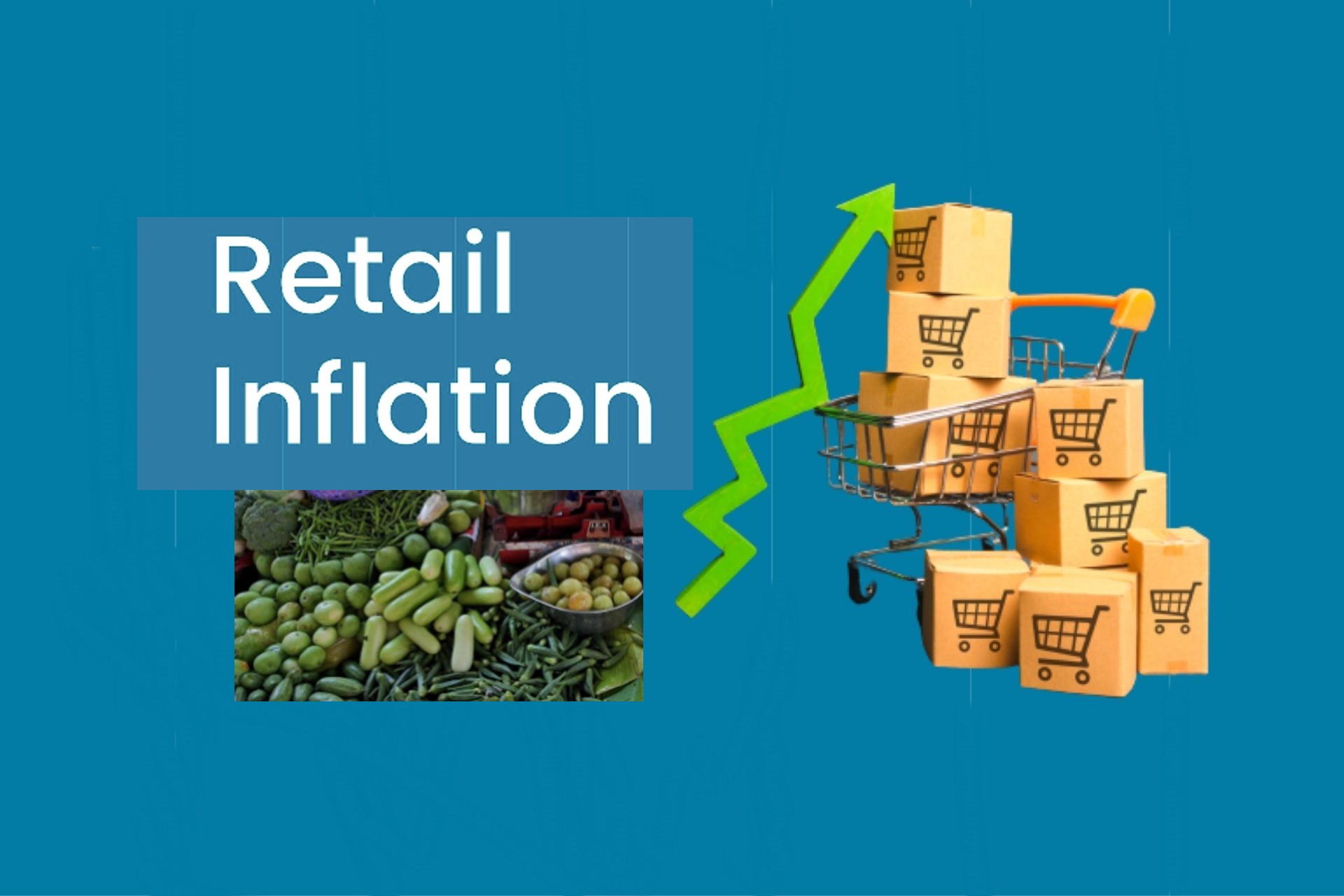January inflation has breached the upper limit of the RBI’s tolerance band; Also it is 7 month high
Food prices harden; WPI inflation has remained in double digits for the tenth consecutive month beginning April 2021.
India’s Retail Inflation Zooms To 6.01% In January, WPI Inflation Eases To 12.96%
New Delhi, NFAPost: India’s retail inflation accelerated to 6.01% in January, the upper limit of the Reserve Bank of India’s tolerance band, driven by rising prices of food and manufactured items.
At the same time, India’s wholesale price-based inflation (WPI) eased for the second consecutive month in January at 12.96%, even though food prices hardened, the government said on Monday.
The inflation, as measured by the consumer price index (CPI), rose to 6.01% in January on an annual basis, the highest in seven months, from a revised 5.66% in December and 4.06% in January 2021, showed government data on Monday.
As per the data released by the National Statistical Office (NSO), the inflation in the food basket was 5.43% in January 2022 as against 4.05% in the preceding month.
Inflation is climbing across the world and India is no exception but price rises have stayed relatively tame by historical standards, allowing the central bank to leave interest rates unchanged for now.
Still, prices of daily consumables like tea, cooking oil, pulses, among others, have increased by 20%-40% since the beginning of the Covid-19 pandemic.
Reserve Bank of India on Thursday said CPI inflation is expected to come well below its upper tolerance level, at 4.5%, in the next fiscal year beginning April 2022, helped by fresh crop arrivals, supply-side interventions, as well as prospects of a good monsoon.
However, the hardening of crude oil prices presents a major upside risk to the inflation outlook.
RBI retained its inflation projection at 5.3% for the current financial year.
“The inflation reading came in line with our expectations. The Reserve Bank of India (RBI) too was expecting the reading to be around the upper limit. However, the trajectory is expected to have peaked out in January. More so, RBI’s own H2 FY23 estimates remain closer to 4%, although lower than our estimates, thereby not warranting any concern on policy changes,” said Kotak Mahindra Bank senior economist Upasna Bhardwaj.
Earlier on Monday, RBI governor said, “Today’s inflation print is expected to be around 6%. So that should not surprise or create any alarm, because we have taken that into consideration.”
“… If you look at the momentum of inflation, right from October onwards, last October onwards, the momentum of inflation is on the downward slope,” Shaktikanta Das said.
Unveiling the last monetary policy for the current fiscal year, Das on Thursday said core inflation remains elevated at tolerance-testing levels. Although the continuing pass-through of tax cuts relating to petrol and diesel last November, would help to moderate the input cost pressures to some extent, he said.
Retail inflation had risen to a five-month high of 5.59% in December, from 4.91% in November, mainly due to an uptick in food prices.
MPC has been given the mandate to maintain annual inflation at 4% until March 31, 2026, with an upper tolerance of 6% and a lower tolerance of 2%.
“The increase in inflation in December was entirely due to an unfavourable base effect despite month-on-month decline in prices. Large buffer stocks of cereals and effective supply-side measures augur well for food inflation.
Core inflation remains elevated but demand-pull pressures are still muted. The renewed surge in international crude oil prices however needs to be closely monitored,” RBI Governor Shaktikanta Das said in his statement.
“The transmission of input cost pressures to selling prices remains muted in view of the continuing slack in demand. Further, as risks from Omicron (virus) wanes and supply-chain pressures moderate, there could be some softening of core inflation.
“On balance, the inflation projection for 2021-22 is retained at 5.3%, with Q4, that is the current quarter at 5.7% on account of unfavourable base effect that eased subsequently,” Das said.
WPI Inflation
India’s wholesale price-based inflation eased for the second consecutive month in January at 12.96%, even though food prices hardened, the government said on Monday.
WPI inflation has remained in double digits for the tenth consecutive month beginning April 2021. Inflation in December 2021 was 13.56%, while in January 2021, it was 2.51%.
Inflation in food articles, however, spiked to a 10.33% in January 2022 from 9.56% in December 2021. Vegetable price rise rate jumped to 38.45%, against 31.56% in the previous month.
In the food articles category, pulses, cereals and paddy witnessed a month-on-month price rise, while inflation in egg, meat and fish stood at 9.85% and in potato and onion at (-)14.45 and (-)15.98%, respectively.
“The high rate of inflation in January 2022 is primarily due to rise in prices of mineral oils, crude petroleum and natural gas, basic metals, chemicals and chemical products, food articles etc as compared the corresponding month of the previous year,” the Commerce and Industry Ministry said in a statement.
Inflation in manufactured items was 9.42% in January, against 10.62% in the previous month.
In fuel and power basket, the rate of price rise was 32.27 in January, a tad lower than 32.30% in December.
The Reserve Bank last week kept its key repo rate — at which it lends short-term money to banks — unchanged for the 10th time in a row at 4%, to support growth as well as manage the inflationary pressures.





